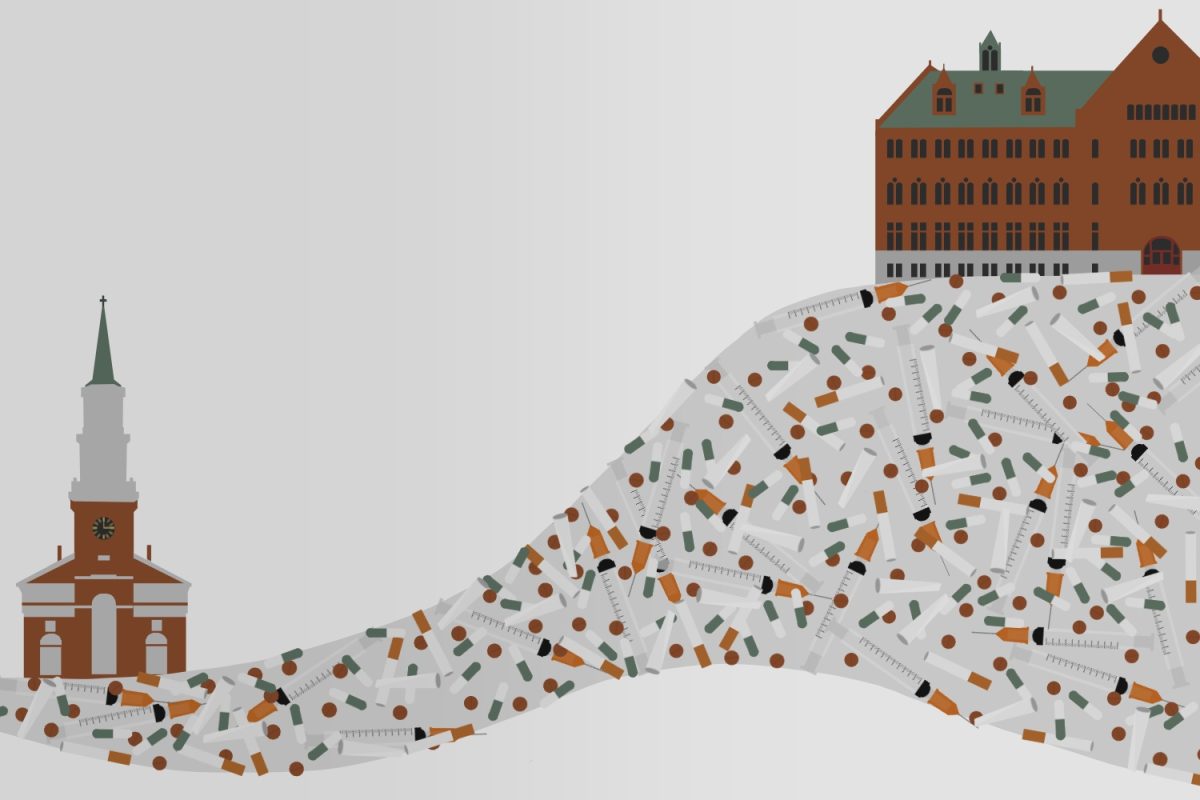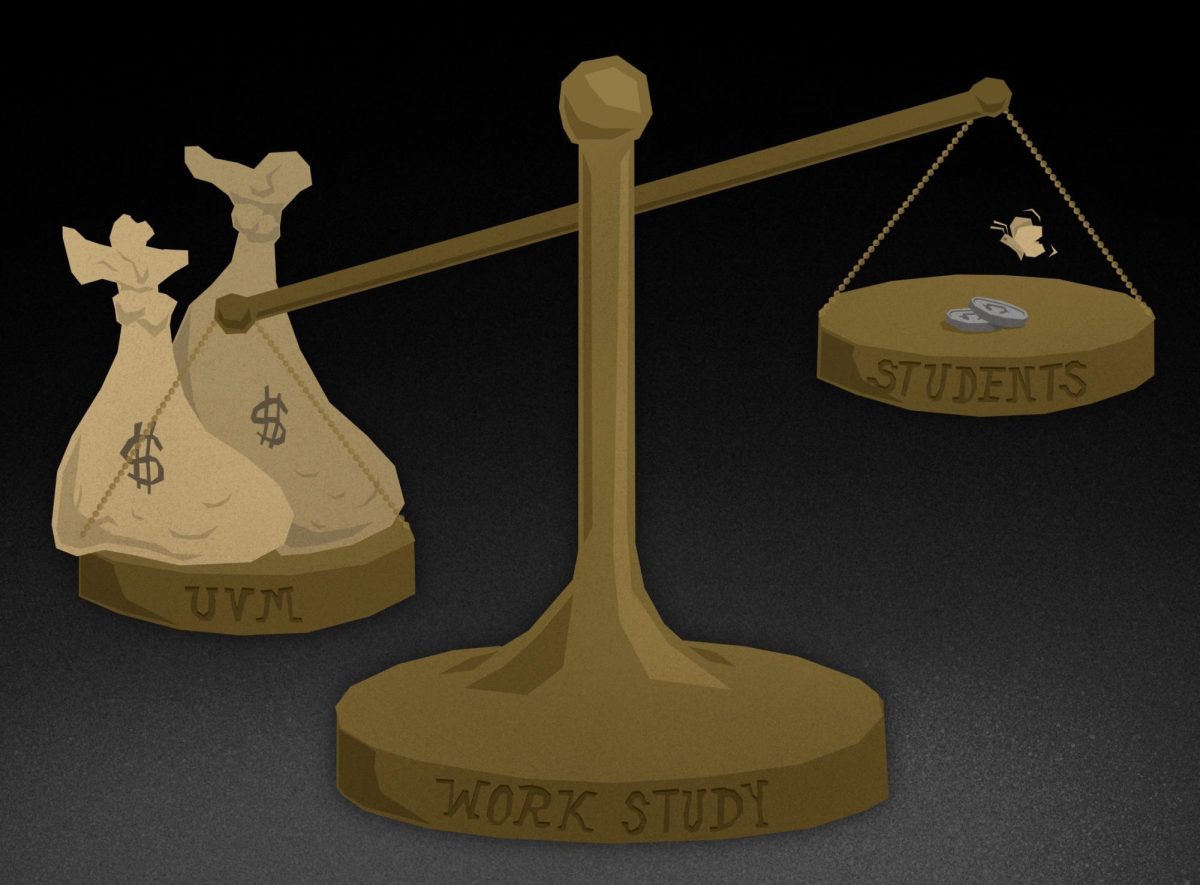Currently, students in the College of Arts and Sci- ences are required to takea wide variety of classes.
Although there are plenty of options, students must take classes within seven different categories. Understandably, UVM wants students to be well-rounded and educated beyond students’ majors.
However, the expectation a student should take at least one class in every category is too much.
Most students struggle with at least one subject throughout their education. Traditionally, creative students have trouble with analytical subjects, like math and science, while analytical students clash with creative subjects such as art and English.
Also, not every high school offers classes at the same caliber as others, which causes some students to be unprepared, preventing them from understanding material they are being taught in college. In order to resolve this issue, students should be allowed to omit one distribution requirement.
If students were allowed to omit one requirement, this would allow more time and focus to be given to the other distribution and major requirements.
Perhaps in an effort to make up for this, if a student were to drop a requirement, he would have to take an additional course in another category.
For example, if a student were to decide to not fulfill his second language requirement he could choose to take an additional course in the fine arts category. This way the same amount of courses are required, yet there is more flexibility.
Some may argue that this system would not work because many students would elect not to fulfill the same categories. However, a subject that may be difficult for one student may be less challenging for another, which would cause the system to balance out.
By allowing students to eliminate or replace one distribution requirement, the College of Arts and Sciences would be able to better customize the requirements for students while still creating a challenging and reasonable curriculum.







